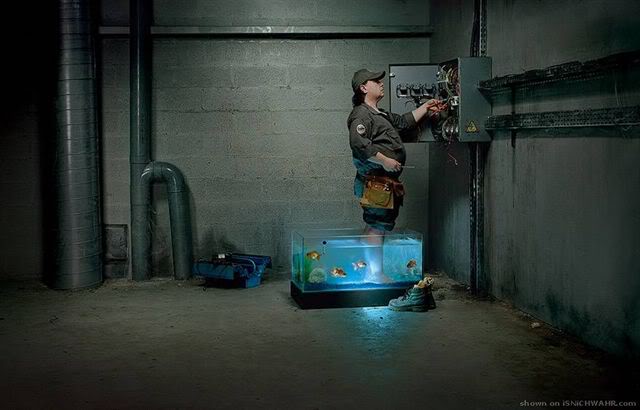I have been stung, cut, poisoned, and punctured by my tank’s inhabitants and the equipment on it. But the pain I’ve gotten in those instances pales in comparison to the countless times I have been shocked, or nearly electrocuted from electrical mishaps in my tanks. I am not an electrician, nor do I pretend to be one, so when I have had to have any wiring done on my tanks, I have always hired a professional, and hopefully you will do the same. But once the electrician has done their job, there are still always a lot of electrical components that need to be added properly to any tank. Unfortunately, this is where trouble often begins.
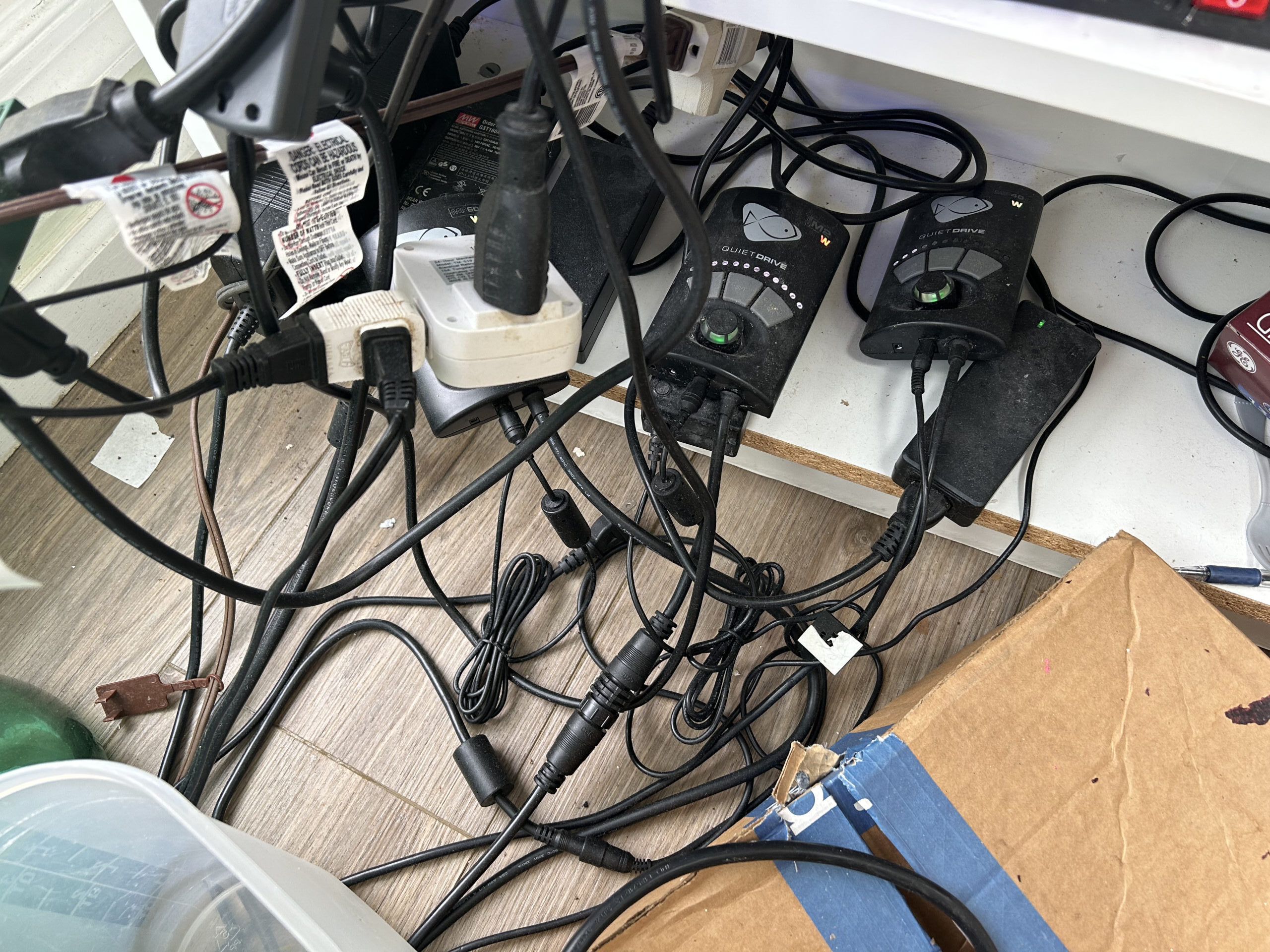
To start with we need to understand that unlike a freshwater tank, where electric current does not move readily, in a saltwater tank, electric current flows readily so if present it will try to find its way to the ground and if we are touching the ground, we become the conduit to complete the circuit. That is why if you had a broken heater or loose wire on a powerhead in a freshwater tank you can usually reach in and remove it without much of a problem. However, if you do the same thing in a saltwater tank, you will at best receive a shock and at worst get electrocuted. Having been zapped to the floor on a couple of occasions I can attest that this is not a pleasant feeling. So using this as a starting point, I will try to explain how to manage all of the electrical contraptions necessary in this hobby correctly. The first thing I have learned to do to keep things safe and actually make everyone’s life easier is to try and manage all of the electrical equipment in as organized a manner as possible and to make things as simple as possible. The first part of this is to accept that despite our best efforts we will always need a lot of equipment. On my “simple” 120-gallon soft coral tank the following equipment is being used, each of which needs to be plugged in. The list includes the following: one return, four powerheads, four lights, one stepper pump for the overflow, two heaters, one UV sterilizer, one protein skimmer, one Automatic top-off, one media reactor, and one light for the refugium. This brings the total pieces of equipment to an amazing seventeen pieces.
(Author’s note: I actually was amazed when I realized how many pieces of equipment I am using on this tank that I thought was simple).
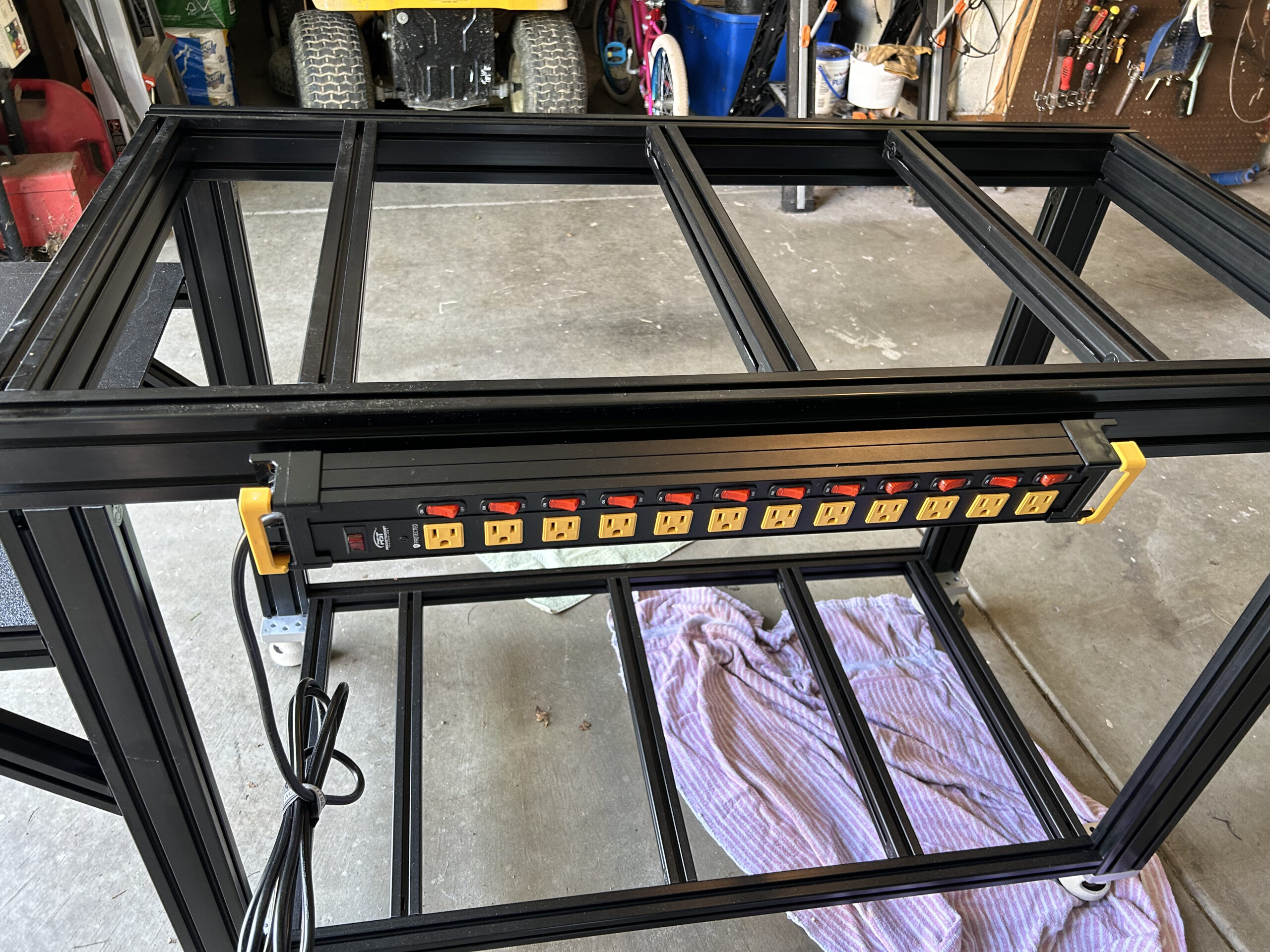
While none of these pieces of equipment pull a ton of watts, combined it adds up. Plus, it is not possible to simply plug all of these plugs into the standard wall outlet. In order to make things safe, two things have been done. First, the tank and all of the related equipment are all on their own separate electrical circuit as are all of my tanks. When I had an electrician in to wire the fish room in the basement I also had him break out the circuits for the two upstairs tanks as well. So now there are four separate 20-amp circuits for the 600-gallon system in the basement as well as two 20-amp circuits for the tanks upstairs. Each is individually labeled in the electrical panel so that if a circuit trips it is easy to find or if the whole system needs to be shut off then it is easy to see which switch to flip off. As I have found out it is always better to have extra amperage in a circuit than too little or barely just enough, as that is when trouble starts and circuits constantly trip. While each tank is on a separate circuit to allow for ease of control and some safety, the next piece of equipment is done to add to the safety aspect of keeping a tank. For each outlet box that the tank is connected to a ground fault circuit interruptor (GFCI) is in each outlet. A GFCI outlet is designed to prevent serious electric shock and reduce the risk of electrical fire by monitoring electrical current, cutting power, or ‘tripping’ when the outlets detect an imbalance or excess current flow down an unintended path. That is if electricity in the tank tries to flow through a body, the GFCI will trip, shutting off the current and preventing electrocution. However, it should be noted that GFCI will not prevent someone from still getting a shock, as they are not fast enough to prevent that from happening.
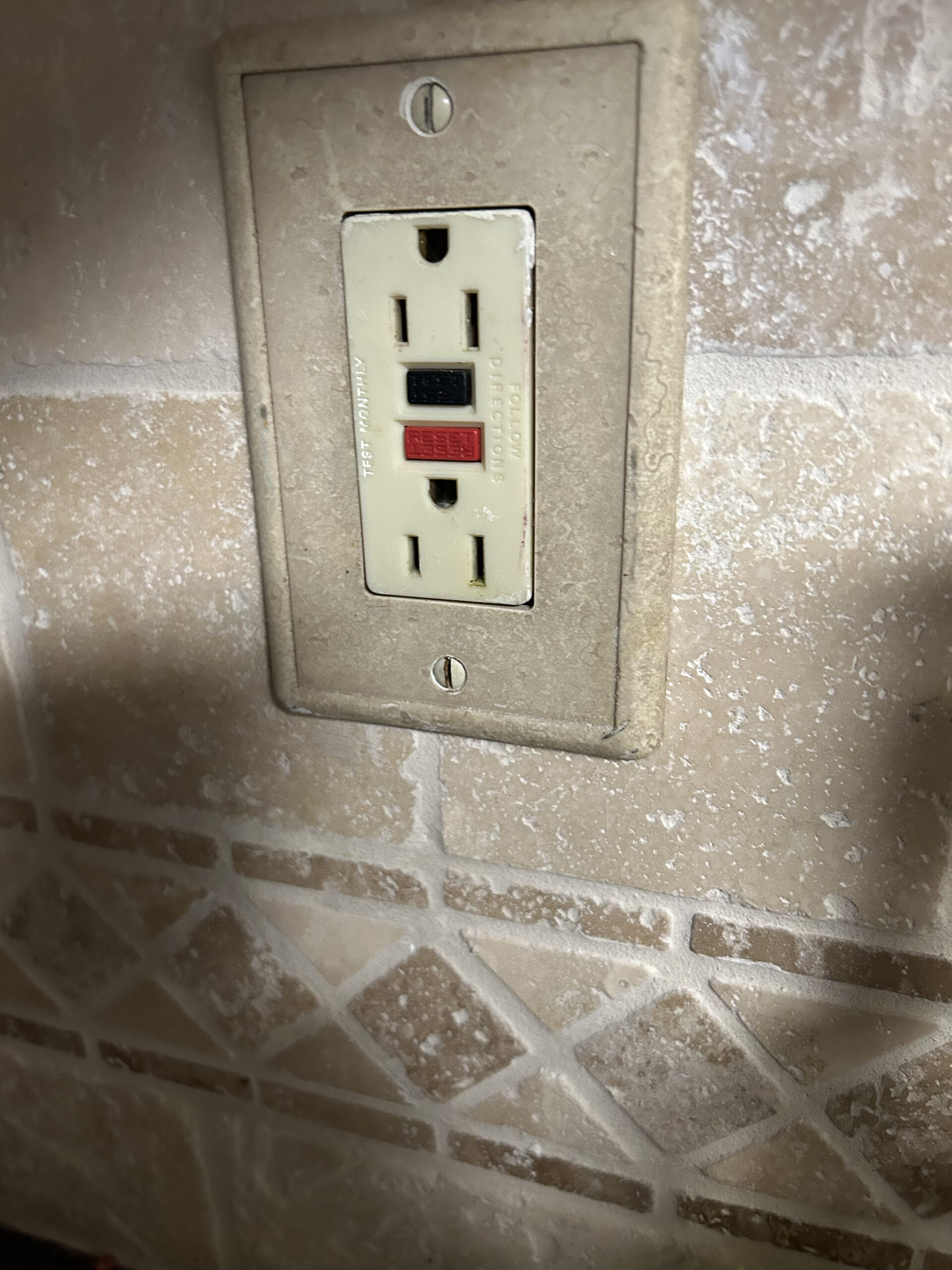
A good GFCI is inexpensive but still Super-sensitive and with a far faster response time than circuit breakers or fuses. GFCIs are designed to respond before electricity can affect your heartbeat – in as little as one-thirtieth of a second – and will even work in outlets that aren’t grounded. This device is designed to break the circuit every time there is an imbalance between incoming and outgoing current. The GFCI outlet protects electrical wiring from overheating and possible fire, greatly minimizing the risk of shock injuries, fatal burns, and fires. It also detects ground faults and disrupts the flow of current but should not be used to replace a fuse as it does not offer protection against short circuits and overloading. For these reasons, I have a GFCI on every outlet a tank is in use on, and these are tested every six months. While having a separate circuit for each tank and a GFCI on each outlet may seem like a lot, they are just the first parts of managing electricity around the tank properly.
Reef tanks tend to require a lot of equipment. On my own 120-gallon soft coral tank, which I consider simple, the following devices, all requiring electricity are in use: return pump, four powerheads, one stepper pump, four lights, two heaters, one UV sterilizer, one protein skimmer, one media reactor, one refugium light and one automatic top-off device. This is a total of seventeen electrical devices in use. Obviously this much equipment cannot all be plugged into the outlets directly so a multiplug surge protector power strip with individual switches is employed to organize and control all of this equipment.

The individual switches allow for it to be easy to turn off any piece of equipment while allowing the rest of the equipment to remain on. Each of the plugs is also labeled so that it is easy to shut off the right equipment when the need arises. The surge protector is an added bonus to prevent the equipment from being burned up from an electrical spike. Over time the insulation on equipment, especially when exposed to saltwater, may break in the worst case, or break down releasing stray voltage. This is often the sting that is felt on small cuts that are irritating but not fatal. If this stray voltage becomes too strong it can cause a mild shock when a hand is placed in the tank and it can even trigger the GFCI to trigger. Before this happens it is strongly recommended that when voltage is felt each piece of equipment is shut off to find out which piece is causing this. And instead of sticking one’s hand in the tank to see if there is still a shock, an amp meter should be used to see when there is an unwanted charge in the water.
These are just a few of what should be done to prevent electrical accidents. There are also several other simple things that can be done to further reduce the risk of an electrical accident. Drip loops should be employed on every cord so that when water drips from the tank there is a section of cord below the electrical inlet so that the water cannot flow into it directly. These should be present even when a power strip is employed. All equipment that has the potential to cause a shock should be turned off before placing one’s hands in the tank. I know that very few individuals will do this so as an alternative, rubber-soled shoes should be worn when working in the tank. This is especially a good idea if the tank is on a cement floor. Do not daisy chain power strips or use extension cords for more than a brief time. Extension cords are only designed to be used for brief periods so they should not be considered a long-term solution as they tend to wear out or have exposed openings, that if touched by saltwater will cause a short. In this vein electrical cords and equipment should be as organized as possible so that loose cords are not present. Stepping and catching a cord and pulling a piece of equipment or a plug is not a good idea.
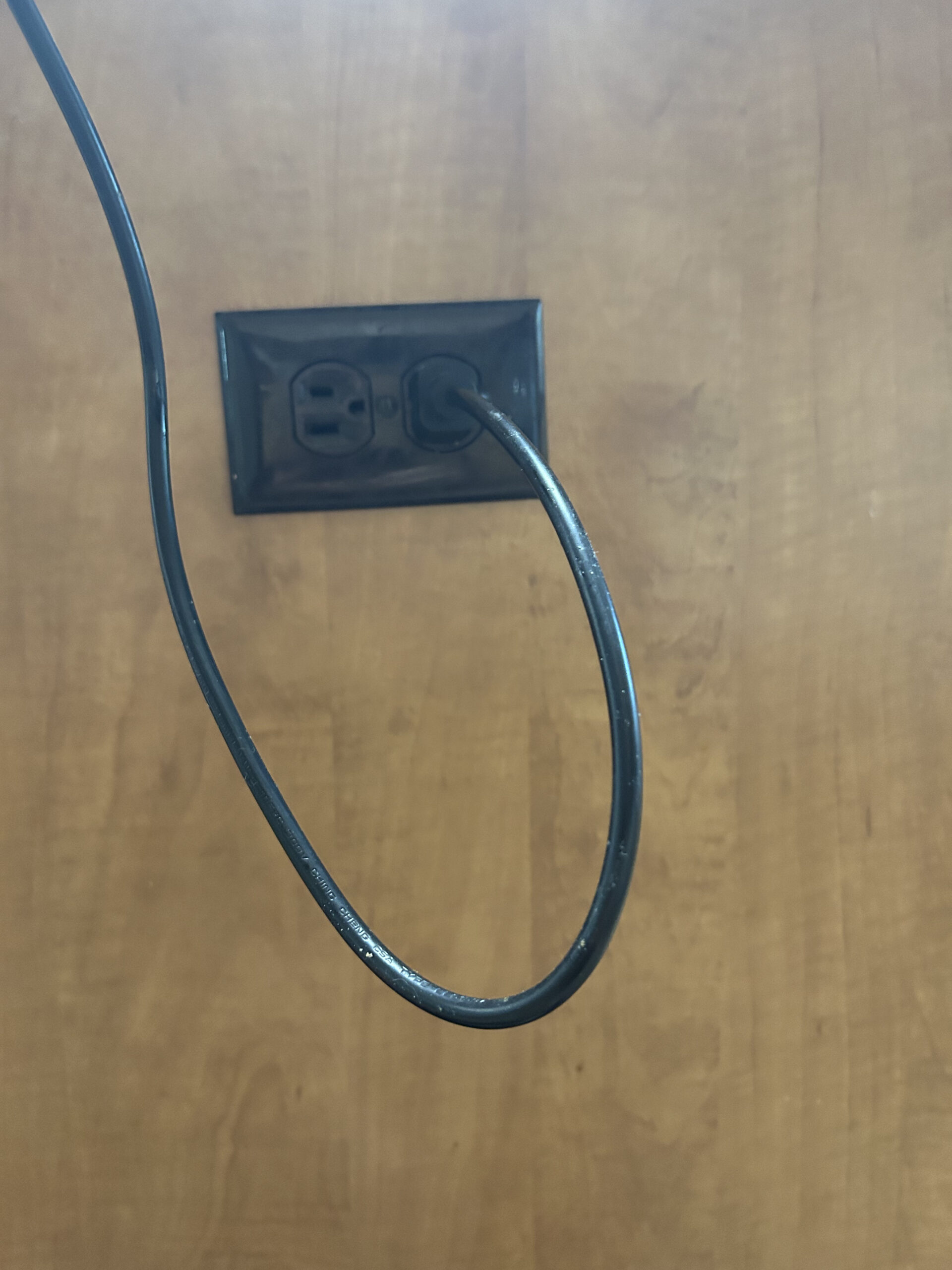
Lastly, all electrical equipment should be shielded from saltwater drips, sprays or creep. This is especially true of the multitude of high-tech electronic equipment that is now so frequently employed. As far as I know very little of this equipment is designed to handle exposure to salt water, so it needs to be protected.
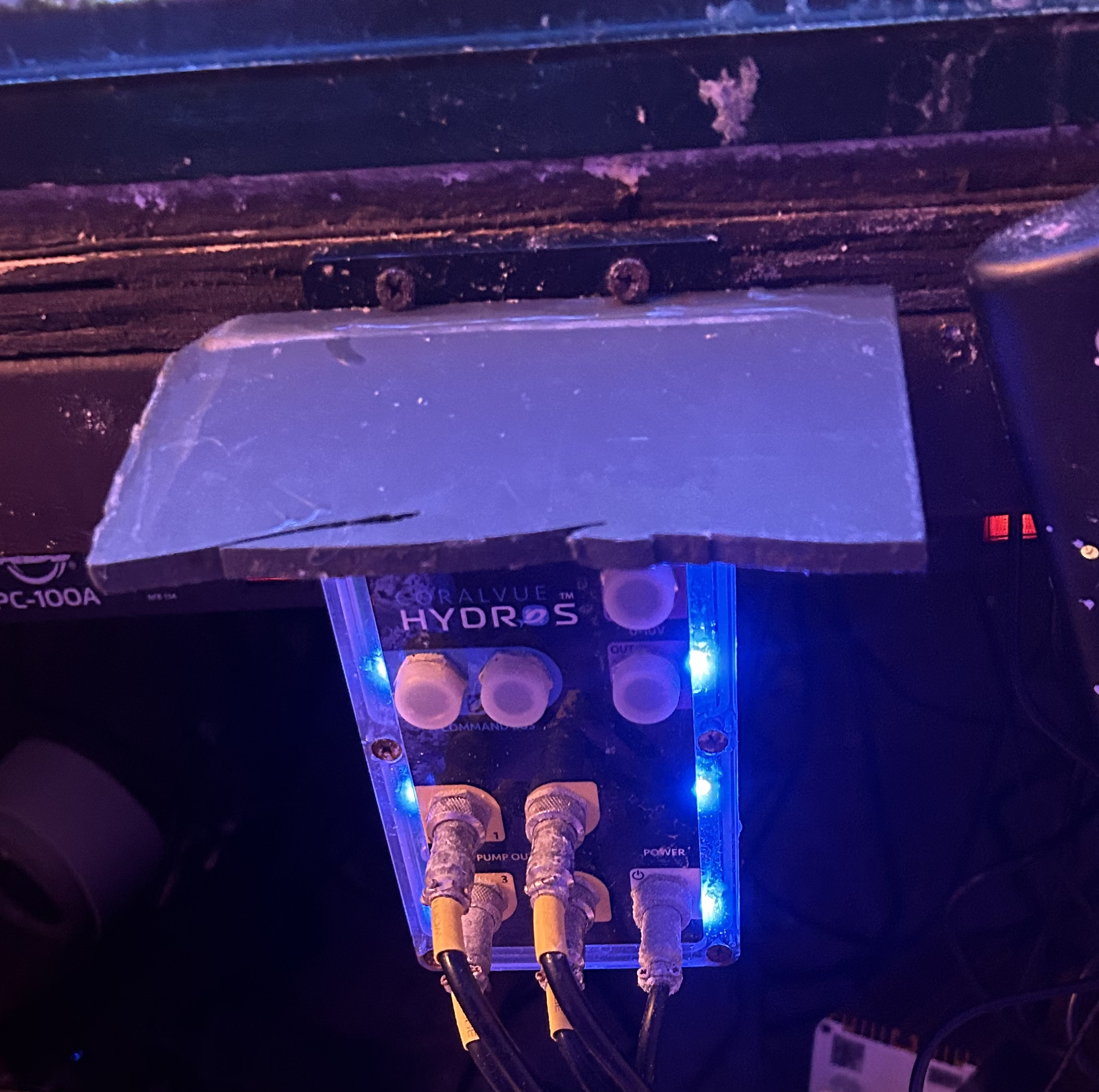
Staying safe is always tantamount in any endeavor and that is even true in a hobby that seems completely safe. I have learned the hard way that receiving an electrical shock is not fun, as a result, safety is key for the use of all electrical equipment. I strongly advise that you take the risks of mismanaging electricity seriously.


